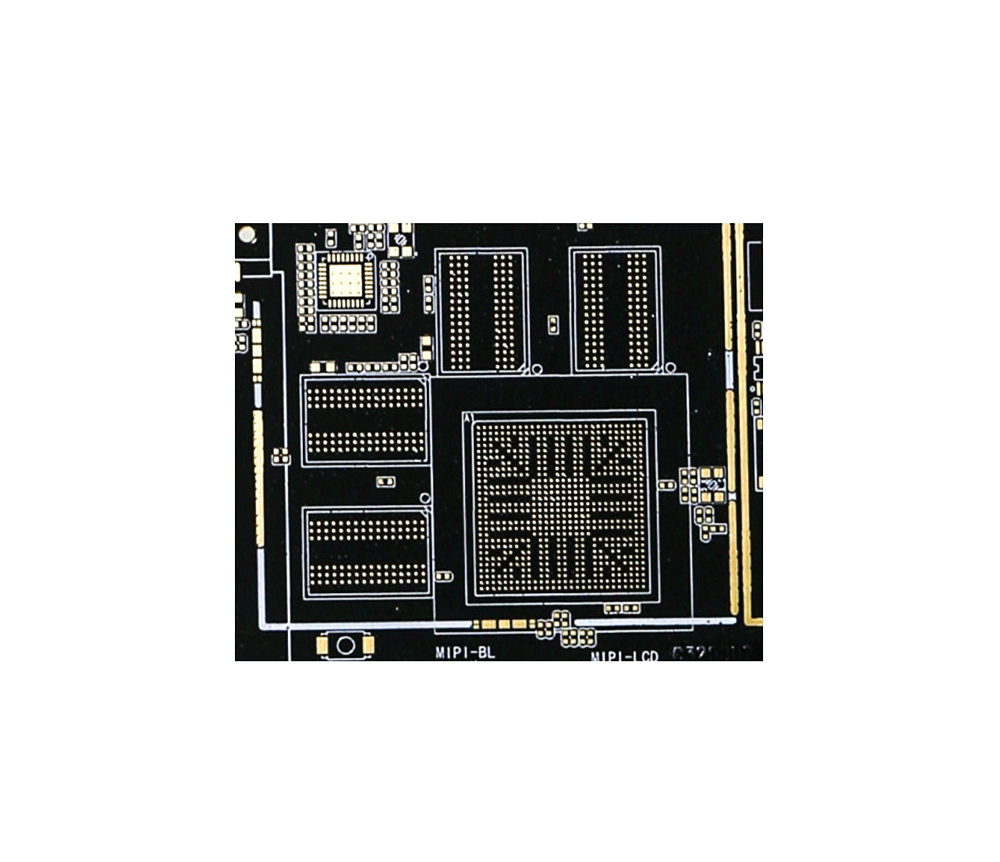 +86 755 2794 4155
+86 755 2794 4155  sales@knownpcb.com
sales@knownpcb.com
-
Shenzhen KNOWNPCB Technology Co., Ltd.
 +86 755 2794 4155
+86 755 2794 4155  sales@knownpcb.com
sales@knownpcb.com
 2023-06-28
2023-06-28
 864
864

Classified by the upstream and downstream of the industrial chain, it can be divided into raw materials - copper clad panels - printed circuit boards - electronic product applications. The relationship is simply expressed as: fiberglass cloth: fiberglass cloth is one of the raw materials of copper clad panels, made from fiberglass yarn weaving, accounting for about 40% (thick plate) and 25% (thin plate) of the cost of copper clad panels. Glass fiber yarn is made by calcining raw materials such as silica sand in a kiln into a liquid state. It is then pulled into extremely fine glass fibers through extremely small alloy nozzles, and then hundreds of glass fibers are twisted into glass fiber yarn. The construction investment of kilns is huge, usually requiring billions of funds, and once ignited, production must be uninterrupted 24 hours a day, resulting in huge exit costs. Fiberglass fabric manufacturing is similar to weaving enterprises in that it can control production capacity and quality by controlling the speed, and the specifications are relatively single and stable, with almost no significant changes in specifications since World War II. Unlike CCL, the price of fiberglass fabric is most affected by supply and demand, with prices fluctuating between $0.50 and $1.00 per meter in recent years. Taiwan and mainland China account for about 70% of the global production capacity.
Copper foil: Copper foil is the raw material that accounts for the largest proportion of the cost of copper clad laminate, accounting for about 30% (thick plate) and 50% (thin plate) of the cost of copper clad laminate. Therefore, the price increase of copper foil is the main driving force for the price increase of copper clad laminate. The price of copper foil is closely reflected in the price change of copper, but the Bargaining power is weak. Recently, with the continuous rise of copper price, copper foil manufacturers are in a difficult situation, and many enterprises are forced to close down or be merged. Even if the copper clad plate manufacturers accept the price rise of copper foil, all copper foil manufacturers are still in a general loss state. Due to the emergence of a price gap, there is a high possibility of another wave of price increases in the first quarter of 2006, which may drive up CCL prices.
Copper clad plate: Copper clad plate is a product that uses epoxy resin and other fusion agents to press fiberglass cloth and copper foil together. It is a direct raw material for PCBs and is made into printed circuit boards after etching, electroplating, and multi-layer plate pressing. The demand for funds in the copper clad panel industry is not high, around 30 to 40 million yuan, and production can be stopped or switched at any time. In the upstream and downstream industrial chain structure, CCL has the strongest Bargaining power. It not only has a strong voice in the purchase of raw materials such as glass fiber cloth and copper foil, but also can transfer the pressure of rising costs to downstream PCB manufacturers as long as downstream demand is acceptable. In the third quarter, the price of copper clad panels began to rise, with a range of around 5-8%. The main driving force was the increase in copper foil prices, and the strong downstream demand could absorb the price pressure passed on by CCL manufacturers. South Asia, the world's second largest copper clad panel manufacturer, also raised product prices on December 15, 2006, indicating a good demand for PCB in at least the first quarter of 2006

Or call +86 755 2794 4155
Inquiry Now

